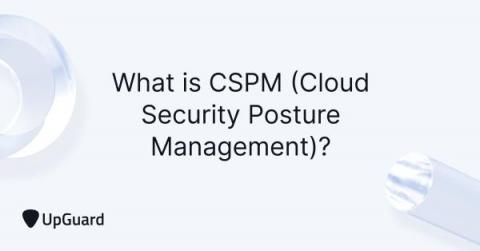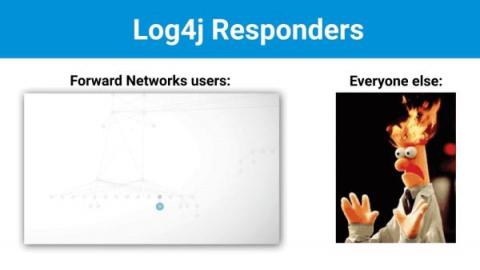What is CSPM (Cloud Security Posture Management)?
Cloud Security Posture Management (CSPM) is a category of cybersecurity tools that enhance cloud data security. CSPM is a relatively new concept, emerging from the ongoing rise of organizations moving their legacy workflows to the cloud.










